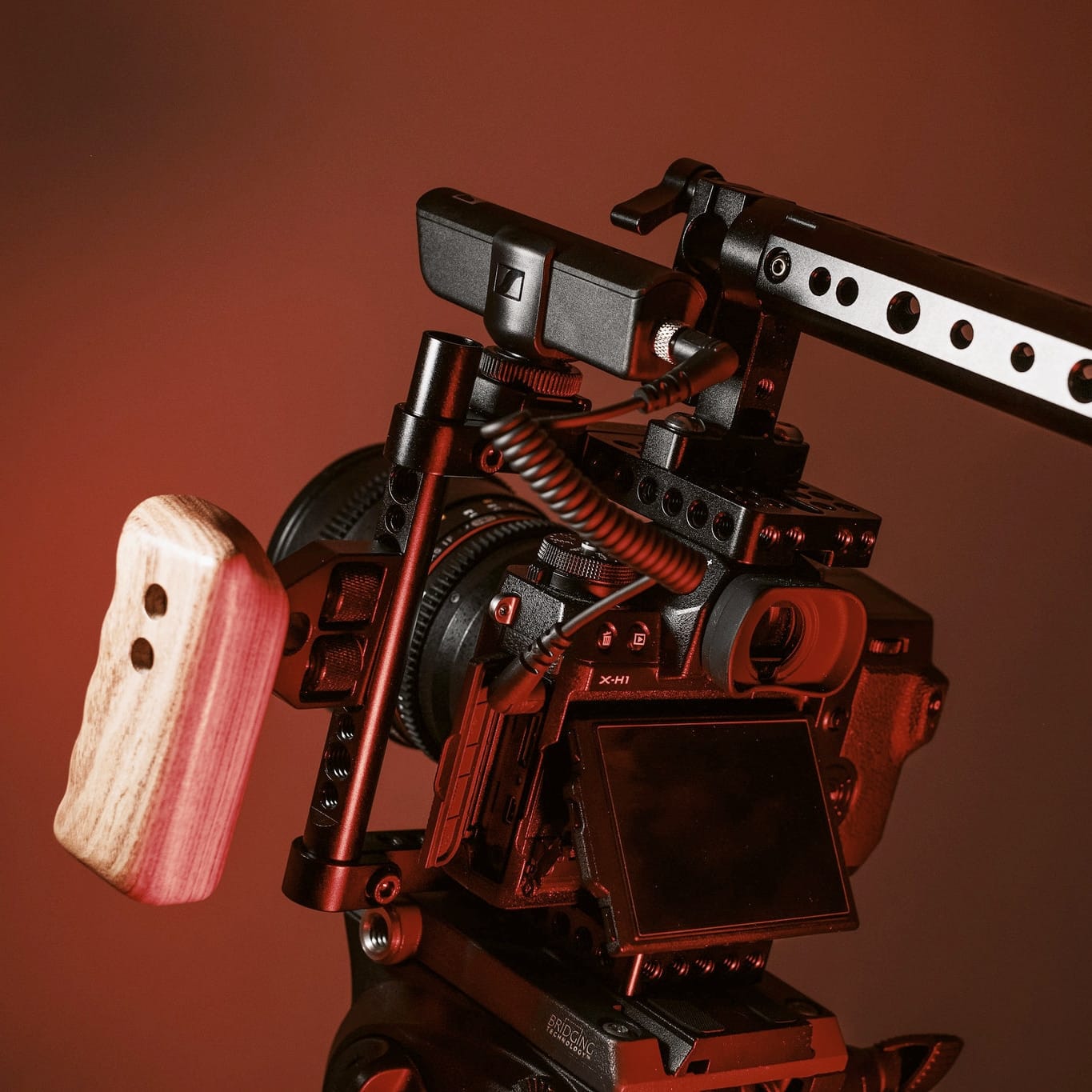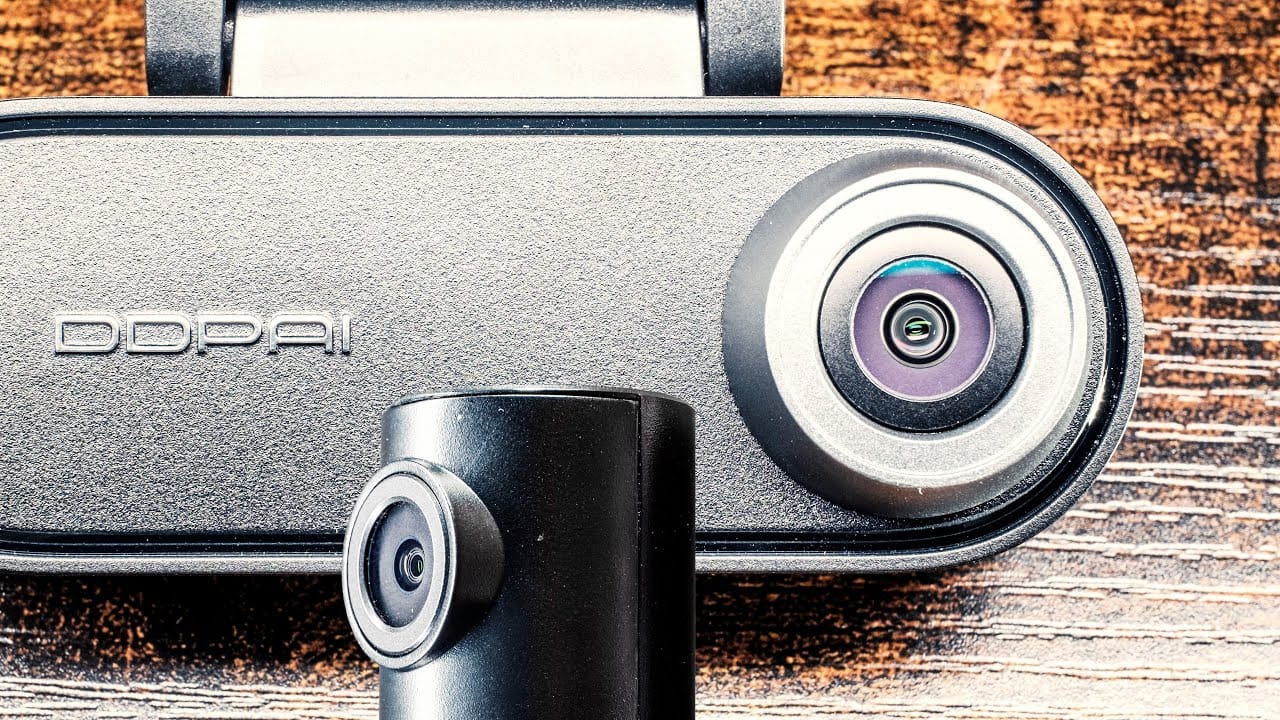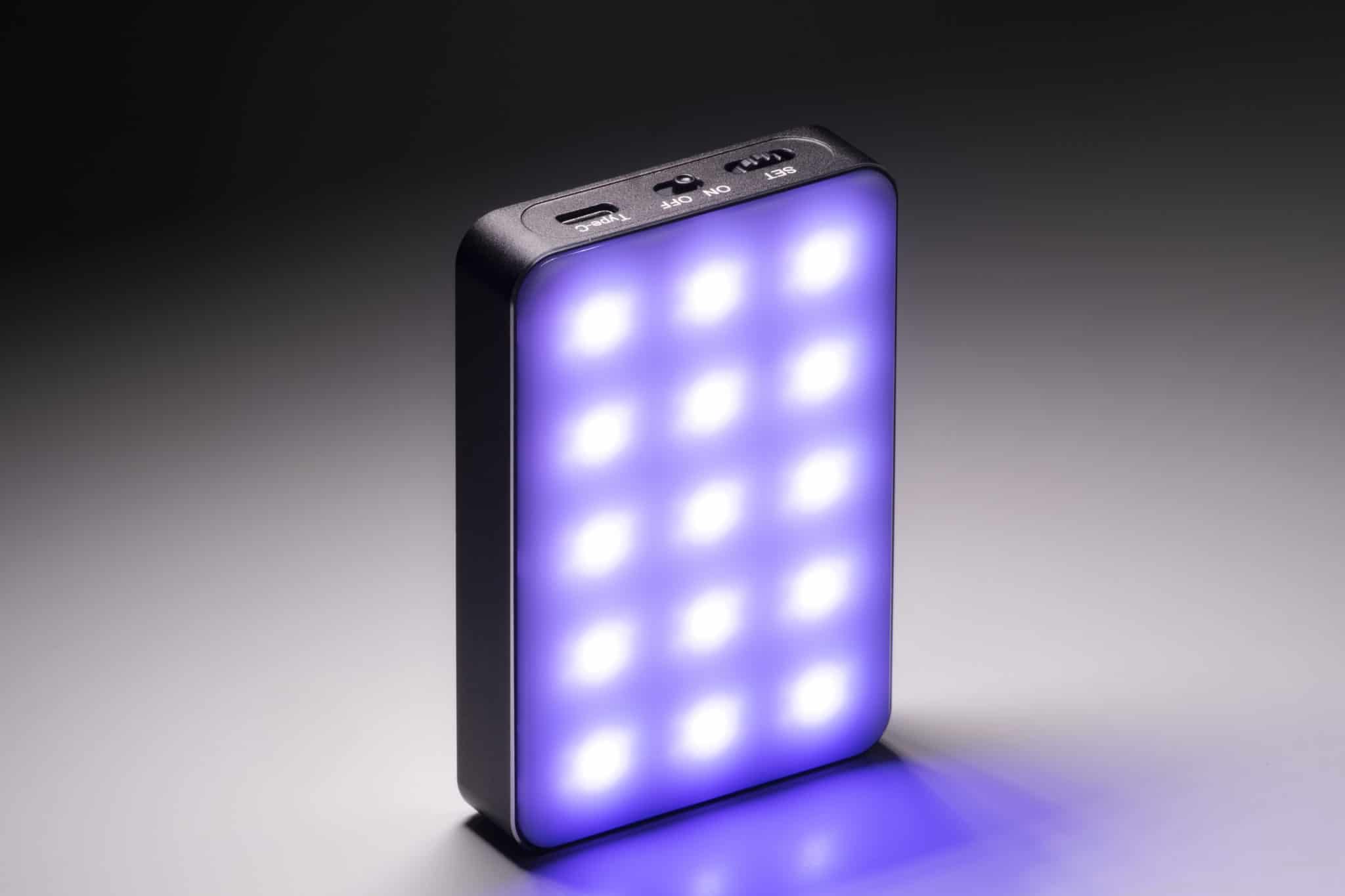I like using fast prime lenses when shooting video hand-held on mirrorless cameras. But that is only possible because of IBIS: In-body image stabilization.
Just a few years ago this seemed impossible and shooting hand-held either required a heavy rig to avoid shakes and micro-jitter or a lens with optical image stabilization.
While IBIS seems like a magical piece of engineering there are a couple of things to consider when using this type of video stabilization.
Turn IBIS on:
- Focal length: Check if the correct focal length is set when using manual lenses that are not electronically detected by the camera. Otherwise the stabilization will look awful.
- Primes: Fast prime lenses & manual lenses don’t have OIS and used to be unusable for hand-held shooting with small & lightweight cameras. Now the camera will stabilize these lenses.
- Monopod replacement: Static hand-held shots without wanted motion are easy to get. No more micro-jitters.
- Tele-photo lenses on tripod: Good for static shots. Wind is often an issue with OIS only but double image stabilization can make the results rock-steady.
Turn IBIS off:
- Wide-angle (under 28mm full-frame): Wobble effect visible in the corners and delayed reaction when panning or tilting with IBIS on.
- Car mounts: If the car is visible it will lead to a weird effect that shows unwanted motion of the IBIS.
- Tripod: Every touch/motion of the fluid head can lead to a wobble effect. Panning with tele-photo lenses won’t be smooth with IBIS on.
- Long exposure photography (on tripod): Just like OIS can lead to blurry results it’s the same with IBIS. Turn off when timelapsing.
The main reason why I use IBIS is indeed the ability to use prime lenses hand-held without needing to worry about shaky footage.
If you have a lot of lenses with OIS and you film hand-held with a lot of camera movement I would not recommend using a camera that has IBIS. The double stabilization (OIS + IBIS) is going to avoid any sort of motion. So the results won’t be smooth. How good the IBIS performs varies on each camera model and some deliver smoother results than others.
Just keep in mind: A good story doesn’t always need camera movement.
Written by filmmaker Moritz Janisch on December 21, 2020


